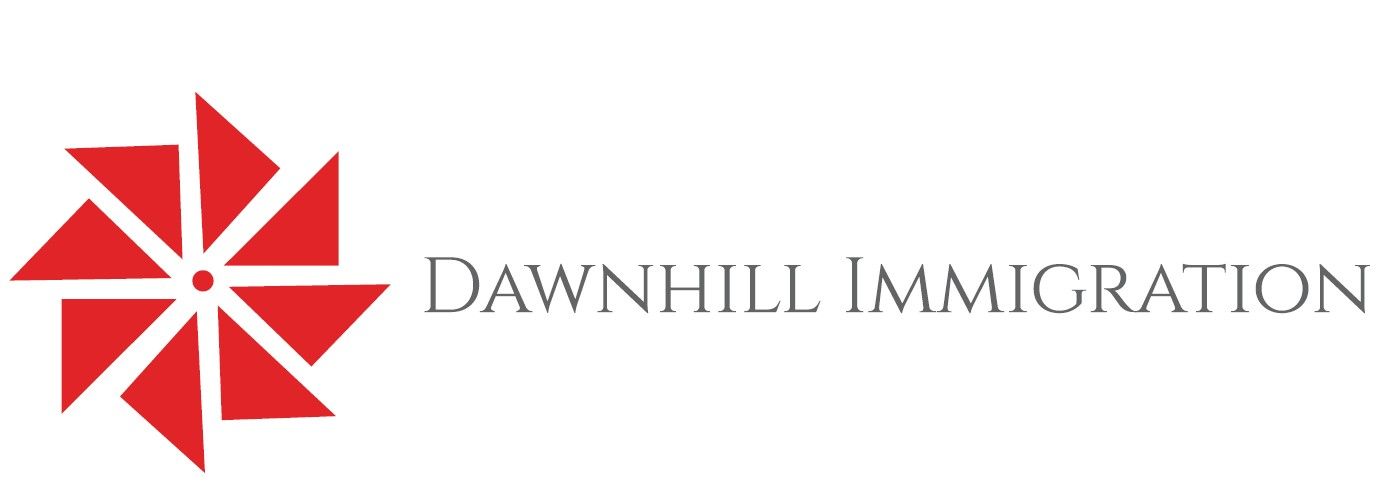Debunking Common Myths About Canadian Immigration
Introduction to Canadian Immigration Myths
Canada is known for its welcoming stance on immigration, but there are many myths and misconceptions surrounding the process of moving to this diverse country. These myths can deter potential immigrants or create unnecessary hurdles for those considering a new life in Canada. In this blog post, we'll debunk some of the most common myths about Canadian immigration, providing clarity and insight for those interested in making Canada their new home.

Myth 1: Canada Only Accepts Skilled Workers
One prevalent myth is that Canada only accepts skilled workers. While it is true that skilled workers are a significant component of Canada's immigration strategy, the country offers a wide range of immigration programs catering to different individuals. These include family sponsorship, refugee programs, and the new Agri-Food Pilot, among others. Each program has its own criteria and requirements, providing opportunities for people from various backgrounds.
Family Sponsorship
Family sponsorship allows Canadian citizens and permanent residents to sponsor their spouses, partners, children, parents, and grandparents. This program emphasizes the importance of family reunification, ensuring loved ones can live together in Canada.

Myth 2: Immigrating to Canada is Too Expensive
Another common misconception is that the cost of immigrating to Canada is prohibitively high. While there are fees associated with applications and processing, there are also numerous resources and programs designed to assist newcomers financially. The Government of Canada offers valuable support through its settlement services, which include language training, employment assistance, and various integration programs.
Settlement Services
These services aim to help immigrants settle into Canadian life smoothly. They provide guidance on everything from finding employment and housing to understanding Canadian culture and laws. By utilizing these resources, newcomers can ease their transition and mitigate costs.

Myth 3: You Must Be Fluent in English or French
While proficiency in English or French can be beneficial, it is not an absolute requirement for all immigration programs. Many pathways to Canada do not require fluency but instead assess language skills as part of a broader evaluation process. For instance, family sponsorship programs often do not have strict language requirements.
Language Support Programs
Canada provides several language support programs for newcomers. These programs are designed to help immigrants improve their language skills after arriving in the country, making it easier to integrate into society and the workforce.
Myth 4: Immigrants Face High Levels of Discrimination
While discrimination exists in every country, Canada is widely recognized for its multiculturalism and inclusive policies. The Canadian government actively promotes diversity and inclusion through various initiatives aimed at reducing discrimination and fostering a welcoming environment for immigrants.

Diversity and Inclusion Initiatives
These initiatives include anti-discrimination laws, support networks for newcomers, and public awareness campaigns promoting inclusion and diversity. As a result, many immigrants find Canada to be a safe and supportive place to start a new life.
Conclusion
Understanding the realities of Canadian immigration is crucial for anyone considering relocating to this vibrant country. By debunking these common myths, we hope to provide a clearer picture of the opportunities available and encourage potential immigrants to explore their options further. With the right information and resources, moving to Canada can be a rewarding experience for individuals and families alike.
